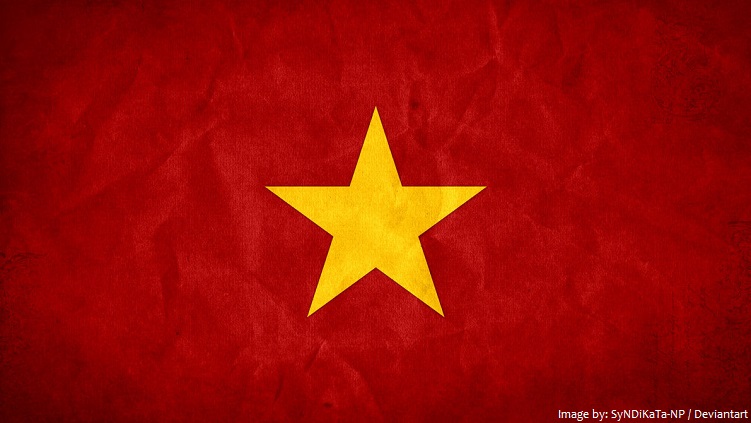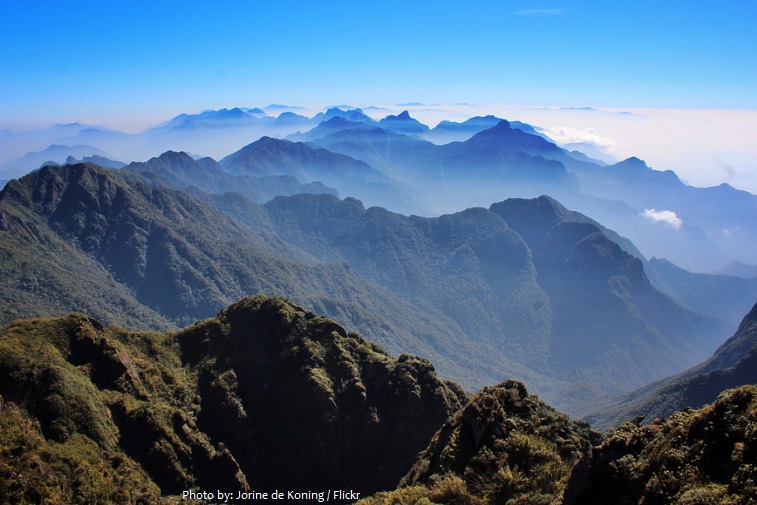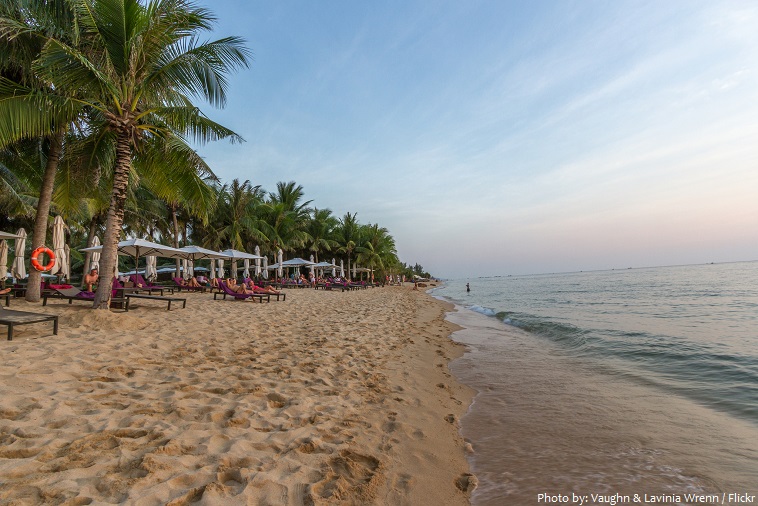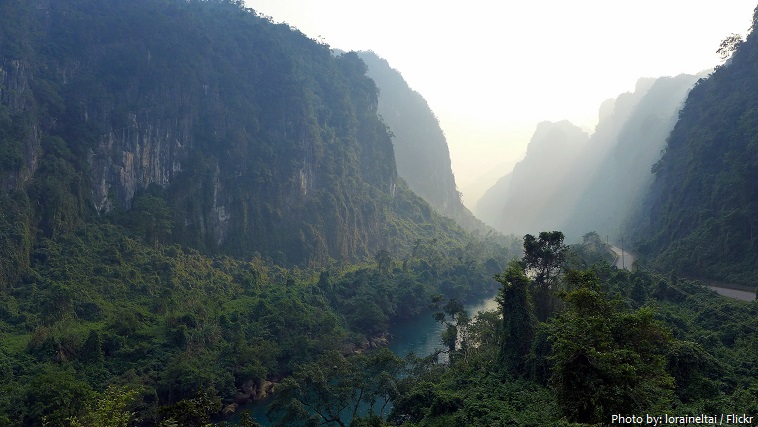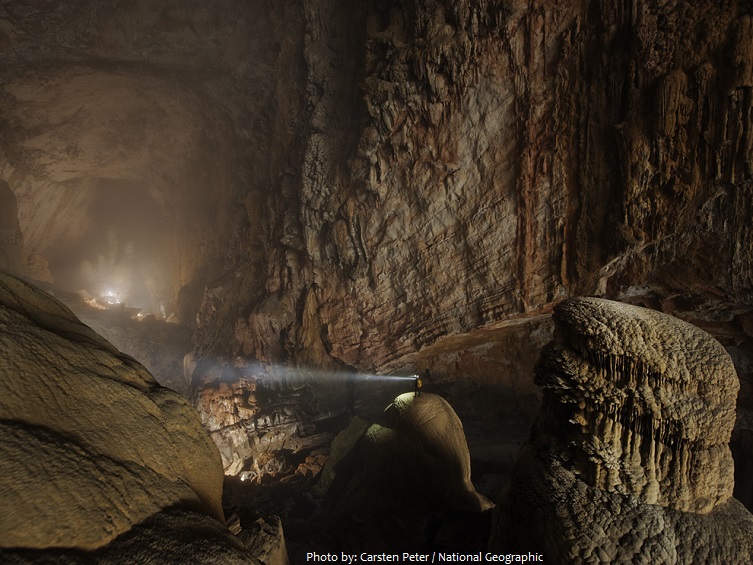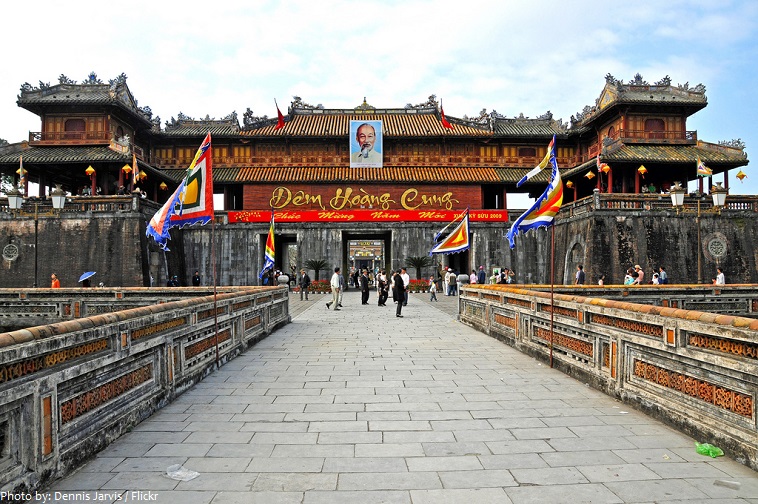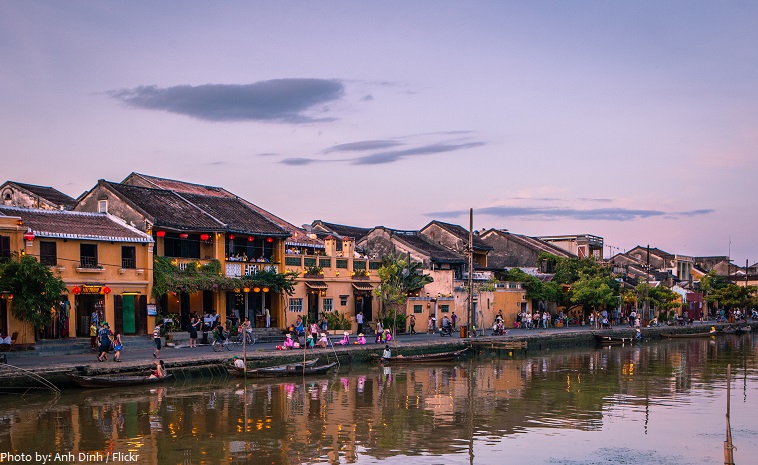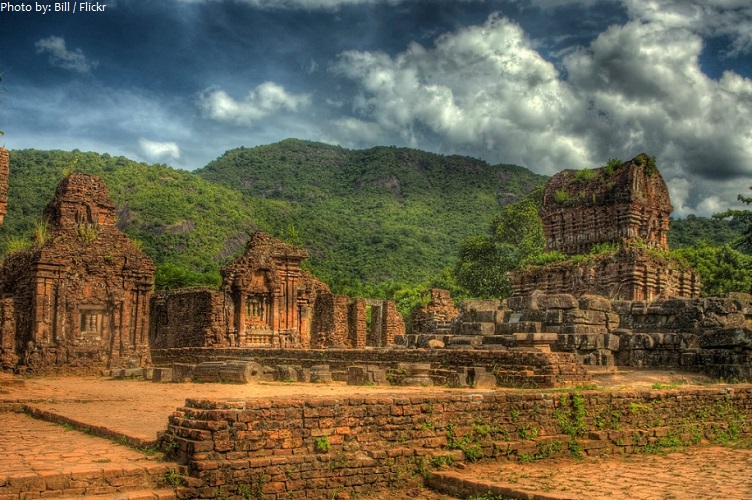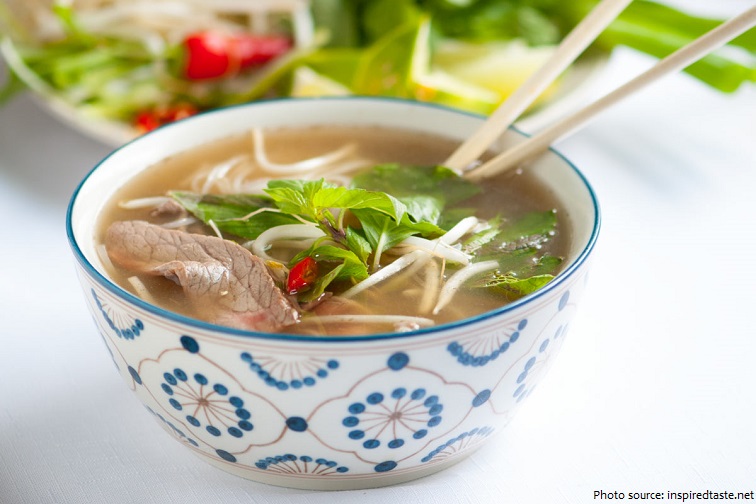Vietnam is a Southeast Asian country on the South China Sea known for its beaches, rivers, Buddhist pagodas and bustling cities.
The official name of the country is the Socialist Republic of Vietnam.
It is bordered by China to the north, Laos to the northwest, Cambodia to the southwest, Thailand across the Gulf of Thailand to the southwest, and the Philippines, Malaysia and Indonesia across the South China Sea to the east and southeast.
The official language is Vietnamese.
As of 1 January 2017, the population of Vietnam was estimated to be 95,028,882 people.
It is the 66th largest country in the world by area with 331,210 square kilometers (127,881 square miles).
Vietnam is a long, narrow country shaped like the letter s. It stretches 1,600 kilometers (1,000 miles) north to south, but is only about 40 kilometers (25 miles) wide at its narrowest point near the country’s center.
Hanoi is the capital of Vietnam and the country’s second largest city by population. It is known for its centuries-old architecture and a rich culture with Southeast Asian, Chinese and French influences.
Vietnam is a country of tropical lowlands, hills, and densely forested highlands, with level land covering no more than 20% of the area.
Two rivers in Vietnam, the Mekong in the south and the Red river in the north of the country reach the sea spread over huge swampy delta plains. The lands in these areas are very fertile, ideal for growing rice and other crops and home to the majority of the country’s population.
The highest point in Vietnam is Fansipan at 3,143 meters (10,312 feet) above sea level. It is also the highest point in Indochina (comprising Vietnam, Laos, and Cambodia).
Vietnam has 3,444 kilometers (2,140 miles) of coastline.
Vietnam has some of the world’s most beautiful beaches.
Vietnam has 30 national parks, with the area of 10,350 square kilometers (3,996 square miles) (620 square kilometers (236 square miles) of those are the sea area) which cover about 2.93% of the land area.
Phong Nha-Kẻ Bàng National Park is a protected area in north-central Vietnam bordering the Hin Namno Reserve in Laos. Characterized by mountains, tropical forests and underground rivers, it’s known for its ancient limestone karsts and vast network of caves. The park was declared a UNESCO World Heritage Site in 2003.
Vietnam is home to the world’s largest cave, Hang Son Doong. The cave is located in Phong Nha-Kẻ Bàng National Park. At more than 200 meters (660 feet) high, 150 meters (490 feet) wide and 5 kilometers (3.1 miles) long, the Hang Son Doong cave in Vietnam is so big it has its own river, jungle and climate.
Vietnam has 8 UNESCO world heritage sites.
Halong Bay is an area of extraordinary natural beauty, situated in Vietnam’s Quang Ninh Province, close to the Chinese border. Comprised of a multitude of limestone islands and islets rising from the sea, in a variety of sizes and shapes and presenting picturesque, unspoiled nature, Halong Bay is a spectacular seascape sculpted by nature. It is classified as both a World Heritage Site by UNESCO in 1994, and as one of the New 7 Wonders of Nature in 2012.
The Imperial City is a walled fortress and palace in the city of Huế, the former imperial capital of Vietnam. The building was built in 1362, and took 203 years to complete. Many consider this building to be a symbol of wealth and power as boars carried the materials from Hoi An. The city was made a UNESCO site in 1993.
Hoi An Ancient Town is an exceptionally well-preserved example of a South-East Asian trading port dating from the 15th to the 19th century. Its buildings and its street plan reflect the influences, both indigenous and foreign, that have combined to produce this unique heritage site. It was declared a UNESCO World Heritage Site in 1999.
My Son is a cluster of abandoned and partially ruined Hindu temples constructed between the 4th and the 14th century AD by the kings of Champa. The temples are dedicated to the worship of the god Shiva, known under various local names, the most important of which is Bhadreshvara. It has been recognized by UNESCO as a world heritage site.
Independent for almost a thousand years, Vietnam fell prey to French colonialism in the mid-19th century. During Japanese occupation in World War II, communist leader Ho Chi Minh formed the Vietminh, an alliance of communist and noncommunist nationalist groups. Armed struggle won independence in 1954 and led to the partition of Vietnam.
In 1957, communist rebels in the south, called Viet Cong, rose up. War between the North and South ensued, and other countries, including the United States, Russia, and China, soon became involved. The fighting lasted until 1975, when the communists overran the south and took its capital, Saigon.
From 1954 to 1975, more than three million people were killed in the Vietnam War including 58,000 Americans.
Vietnam’s main exports include crude oil, seafood, rice, shoes, wooden products, machinery, electronics, coffee, and clothing. Between 1975 and the late 1980s, Vietnam traded mainly with other communist countries, but since the collapse of the Soviet Union in 1990, it has expanded trade with other nations.
Vietnam is the world’s leading exporter of cashew nuts and black pepper.
It is also the second largest producer of coffee in the world after Brazil.
Since 2000, Vietnam’s economic growth rate has been among the highest in the world.
Vietnamese food is a blend of Chinese and Thai styles and is considered one of the healthiest cuisines in the world.
Pho is the national dish of Vietnam. It is a noodle soup consisting of broth, rice noodles called bánh phở, a few herbs, and meat, primarily made with either beef or chicken. Pho is a popular street food in Vietnam and the specialty of a number of restaurant chains around the world.
Vietnam’s national drink is green tea, which is the accompaniment to every social gathering or business meeting and is frequently drunk after meals.
A Vietnamese speciality is ruou ran, a rice wine with a pickled snake in it that is said to cure all illnesses.
Around 38% of Vietnamese people have the surname Nguyen (pronounced as “win”).
In Vietnamese schools, instead of bells, gongs are used to call children.
Tet, or Vietnamese New Year, is the most important celebration in Vietnamese culture. Tet celebrates the arrival of spring based on the Vietnamese calendar, which usually has the date falling in January or February.
Football is the most popular sport in Vietnam.
